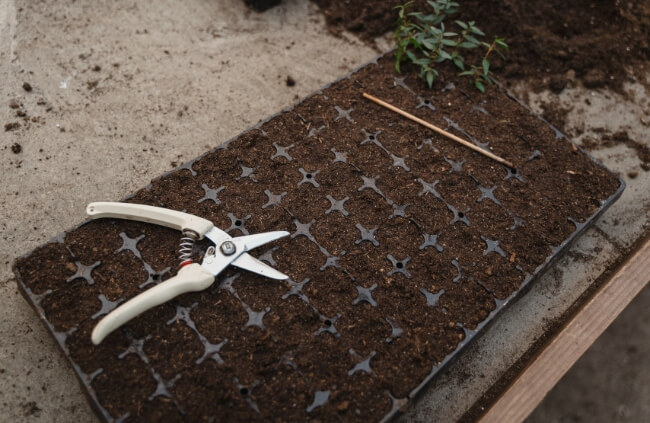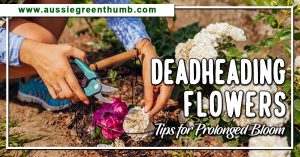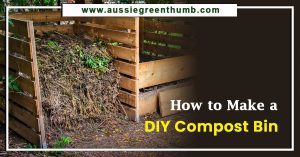Seeds are a great way to propagate plants whether they’re collected from your own plants or you’re starting off some new ones in your garden. The beauty of seeds is seeing something that looks like it has absolutely no life actually spring to life.
I’ve just planted some seeds in my garden which are now showing signs of germination. Little green stems are poking their way out of the soil and I’m optimistic that many will survive and grow well.
More...
Types of Seed Germination
Self-Seeding
Many annuals spread their own seed after flowering which allows new plants to grow in your garden in the next season. There is no effort involved apart from pulling out the ones you don’t want to grow where they’ve sprouted.
Location Seeding
There are also many plants which you can sow directly into the ground where you want them to grow. Most of these are fragile annuals that if you raised them in seedling trays and then bedded them out would fail.
The best way to seed these is by planting 2-3 in each location that you require and then if they all succeed pluck the extra ones out leaving the strongest one to grow.

Raised in Seedling Trays
This is the most fun way of propagating from seed. Depending on your level of expertise and the resources you have available to you this can be confined to just a seedling tray or could involve heat beds and humidifiers or greenhouses.
Some seeds can be planted as they are in a quality seed-raising mix or you could make your own consisting of 1/3 compost, 1/3 river sand and a 1/3 vermiculite. Planted 2-3 in each cell they can also be plucked to the strongest one as they grow.
Other seeds though may require some more effort than just placing in the propagating mix. Sweet peas require soaking overnight before planting out in location and many of the Australian natives require smoking or heat application to begin germinating.
If you’re not having much success with your seeds, try another way to get them to open up. Sometimes it may just be trying to imitate nature that will provide the success you’re after.
Published on June 6, 2023 by Gary Clarke
Last Updated on November 20, 2023




